11, Jan 2024
Karten In Het Engels: Navigating The World Of Maps
Karten in het Engels: Navigating the World of Maps
Verwandte Artikel: Karten in het Engels: Navigating the World of Maps
Einführung
Bei dieser feierlichen Gelegenheit freuen wir uns, in das das faszinierende Thema rund um Karten in het Engels: Navigating the World of Maps vertiefen. Lassen Sie uns interessante Informationen zusammenfügen und den Lesern frische Perspektiven bieten.
Table of Content
Karten in het Engels: Navigating the World of Maps
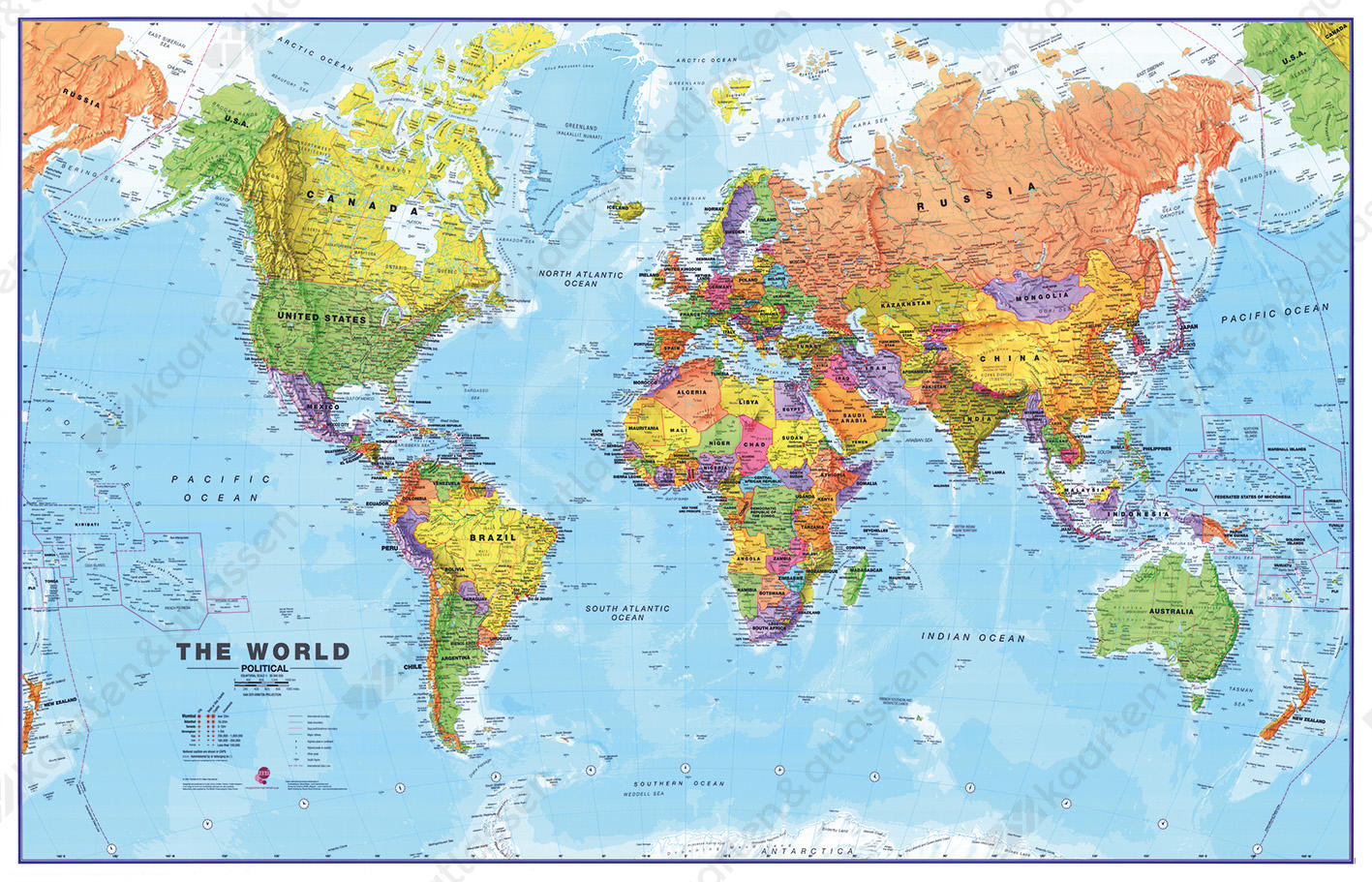
The phrase "karten in het Engels" refers to the use of maps in the English language. While seemingly straightforward, this concept encompasses a vast array of applications, from basic navigation to complex geographical analysis. Understanding the role of maps in the English-speaking world requires delving into their historical significance, diverse forms, and ongoing impact on communication and knowledge.
The Historical Roots of Maps in English
Maps have been an integral part of human civilization for millennia, serving as tools for exploration, trade, and communication. The development of the English language, intertwined with exploration and cartography, led to a rich vocabulary and diverse representations of the world. Early English maps, often influenced by medieval cartographic traditions, depicted the world in a largely symbolic and often inaccurate way.
The Age of Exploration, driven by the English, saw a dramatic shift in cartography. The need for accurate navigation and detailed depictions of newly discovered lands spurred advancements in mapmaking techniques. This period saw the rise of maritime charts, detailed maps of coastlines, and the development of standardized projections like Mercator, which revolutionized the way the world was visualized.
The Evolution of Maps in English
Over time, maps evolved beyond their purely practical functions. They became powerful tools for communicating information, shaping narratives, and influencing perceptions of the world. The English language, reflecting this evolution, developed a rich vocabulary to describe different types of maps, their features, and their applications.
The emergence of printing technology in the 15th century made maps more accessible, spreading knowledge and influencing public understanding of geography. The development of cartographic conventions, such as standardized symbols, scales, and legends, facilitated greater clarity and accuracy in mapmaking.
Diverse Forms of Maps in English
The English language encompasses a wide range of terms for different map types, reflecting their specific purposes and features:
- Topographical Maps: Depicting physical features like mountains, rivers, and forests, these maps are essential for navigation and understanding terrain.
- Political Maps: Focusing on administrative boundaries, countries, and cities, these maps are used to understand political organization and geographical relationships.
- Thematic Maps: Illustrating specific data or phenomena, such as population density, climate patterns, or disease distribution, these maps are crucial for data visualization and analysis.
- Road Maps: Providing detailed information on roads, highways, and landmarks, these maps are indispensable for travel and planning routes.
- Nautical Charts: Designed for maritime navigation, these maps depict coastlines, depths, currents, and other features important for seafaring.
The Importance of Maps in English
Maps remain essential tools for navigating the world, both literally and figuratively. In the English-speaking world, they play a crucial role in:
- Education: Maps are fundamental tools in geography education, helping students understand spatial relationships, analyze data, and develop critical thinking skills.
- Navigation: From road maps to GPS systems, maps are indispensable for finding our way around, whether traveling by car, public transport, or on foot.
- Planning and Development: Urban planners, architects, and engineers rely on maps to design infrastructure, assess environmental impact, and manage resources.
- Communication and Storytelling: Maps are powerful visual tools for communicating complex information, illustrating historical events, and engaging audiences in narratives.
FAQs on Karten in het Engels
1. What are the key differences between maps and charts?
While both maps and charts depict spatial information, charts are typically used for specific data visualization, often focusing on relationships between variables. Maps, on the other hand, provide a more comprehensive representation of geographical features and relationships.
2. How do maps influence our perception of the world?
Maps, by their very nature, are representations of reality. However, they are also subjective, reflecting the biases and perspectives of their creators. The choice of projection, scale, and data can influence how we understand and interpret the world.
3. What are the ethical considerations in mapmaking?
Mapmaking involves ethical considerations, particularly regarding the potential for bias and misrepresentation. It is crucial to be aware of the potential impact of maps on individuals, communities, and the environment.
4. How are maps evolving in the digital age?
Digital maps, powered by GPS technology and online platforms, are becoming increasingly interactive and dynamic. They offer real-time information, personalized routes, and a wealth of data, transforming the way we navigate and interact with the world.
Tips for Understanding Maps in English
- Pay attention to the scale: The scale of a map determines the level of detail and the area represented.
- Understand the projection: Different map projections distort the shape and size of geographical features, so it is important to be aware of the limitations of a particular projection.
- Examine the legend: The legend explains the symbols and colors used on the map, providing essential information for interpretation.
- Consider the context: Maps are not static representations; they reflect historical, cultural, and political contexts that influence their creation and interpretation.
Conclusion
Karten in het Engels, the use of maps in the English language, represents a vast and evolving field. From their historical roots in exploration to their contemporary applications in digital technologies, maps continue to play a crucial role in understanding and navigating the world. By appreciating their diversity, complexities, and ethical considerations, we can leverage the power of maps to communicate, learn, and shape our understanding of the world around us.


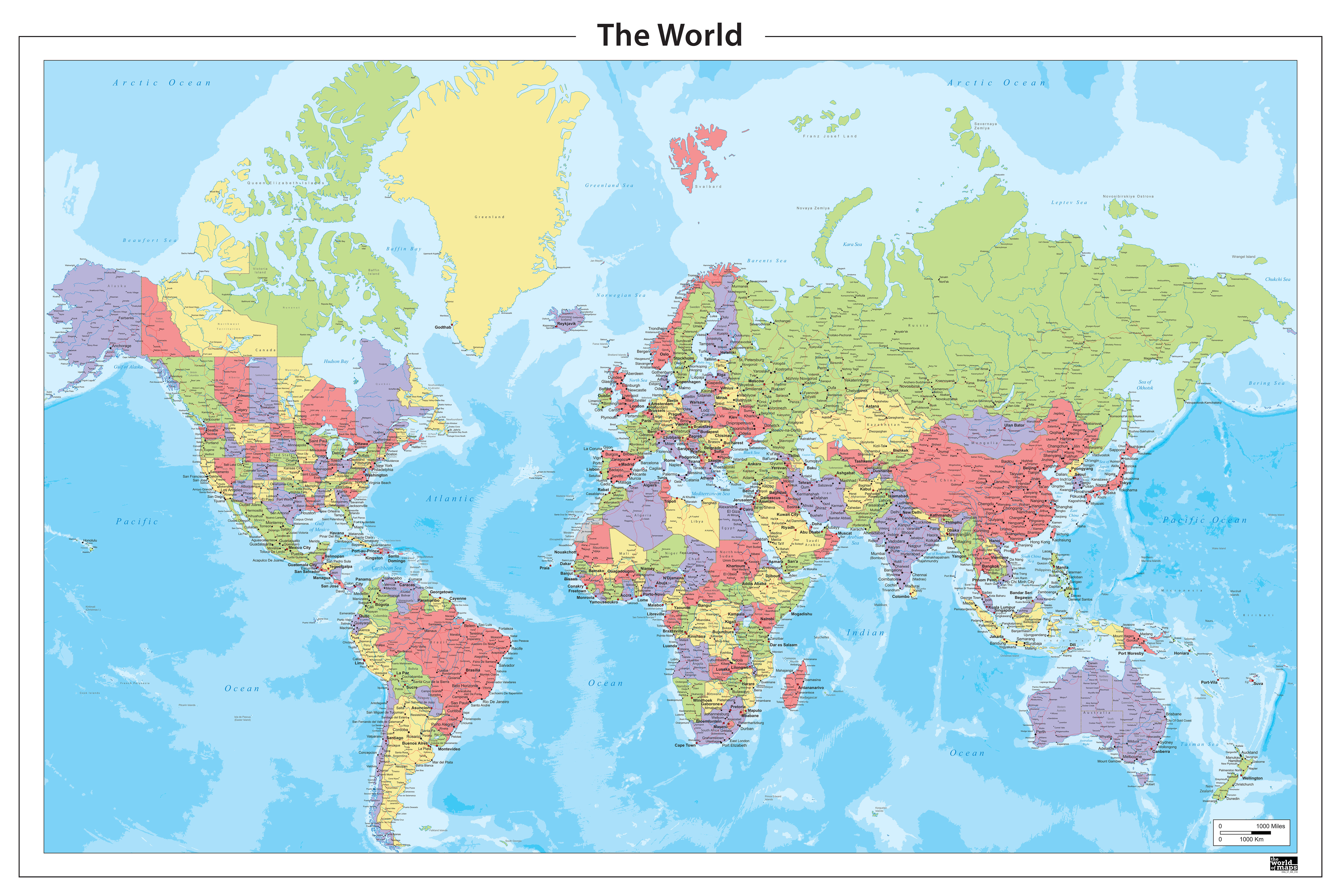
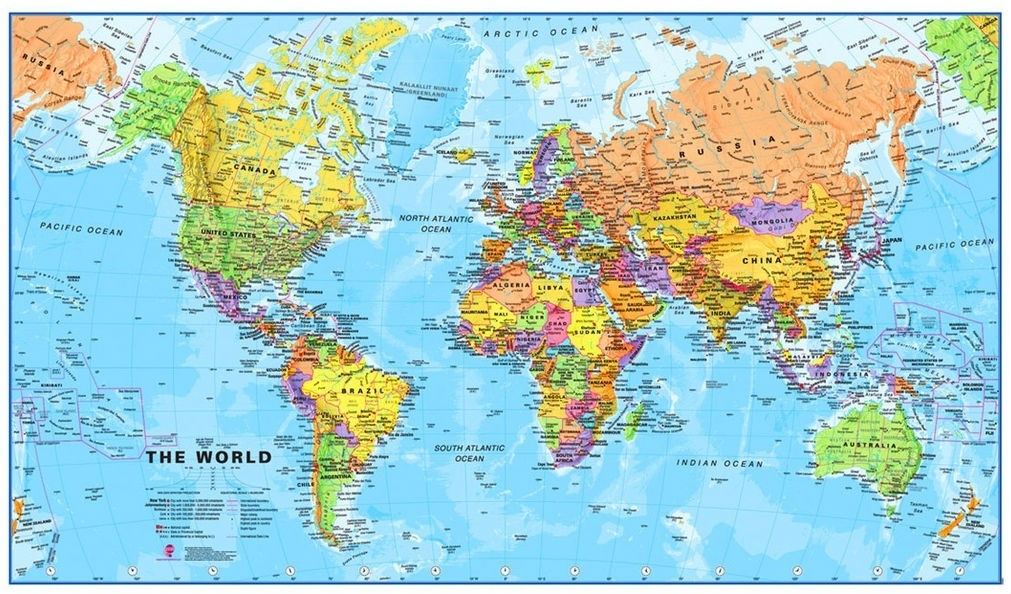

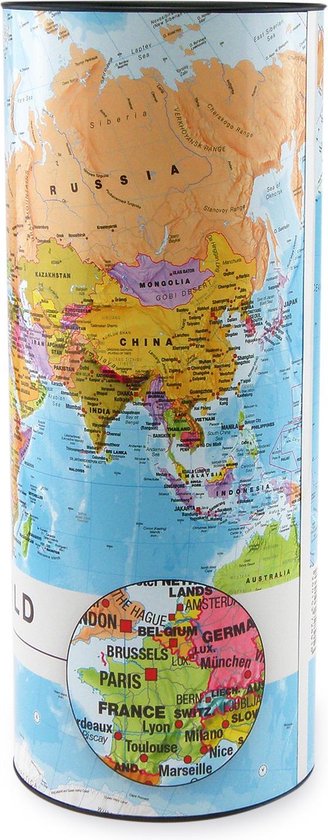

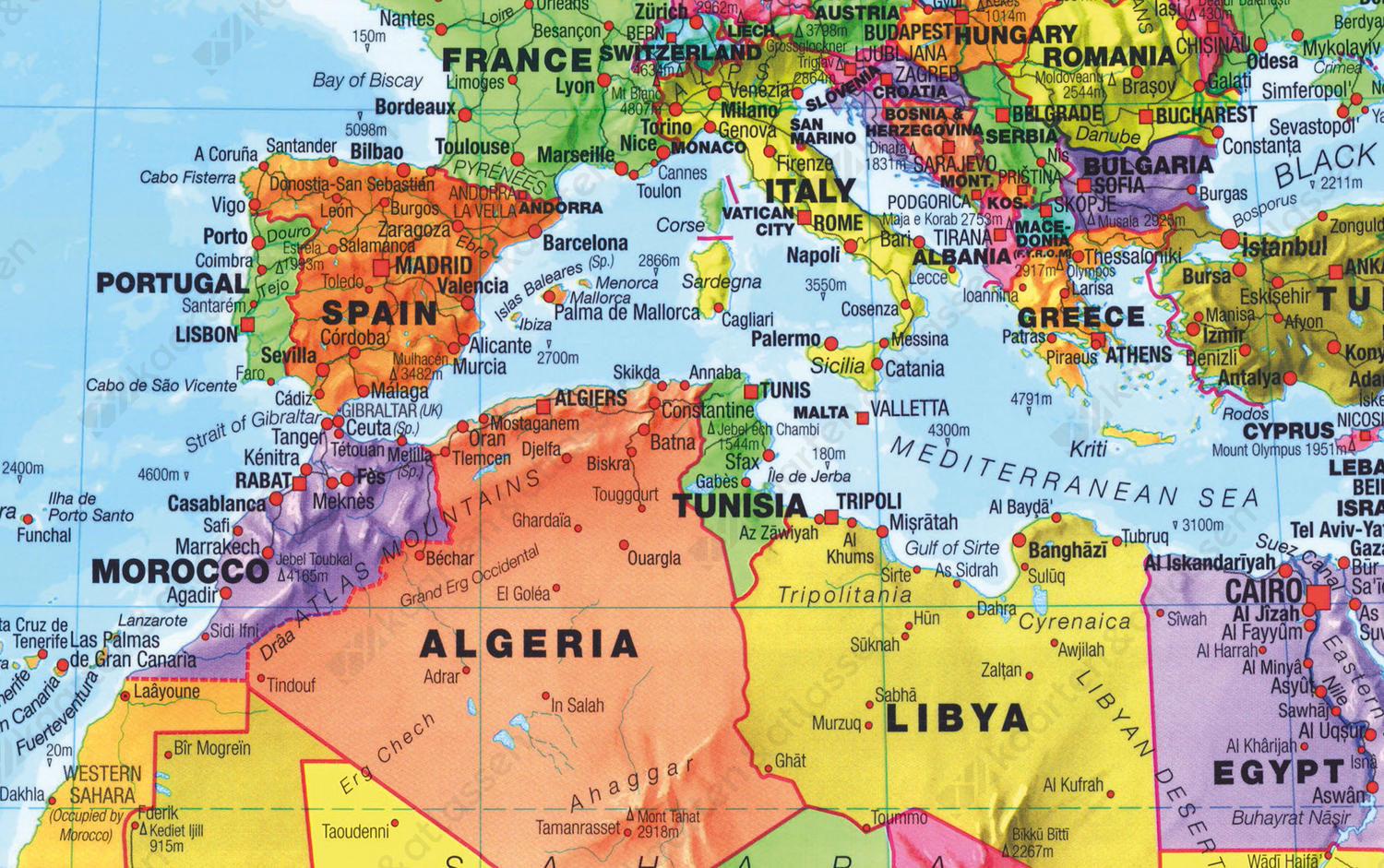
Abschluss
Daher hoffen wir, dass dieser Artikel wertvolle Einblicke in Karten in het Engels: Navigating the World of Maps bietet. Wir hoffen, dass Sie diesen Artikel informativ und nützlich finden. Bis zum nächsten Artikel!
- 0
- By admin
